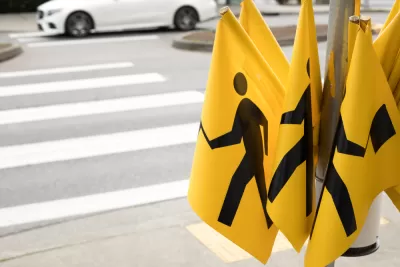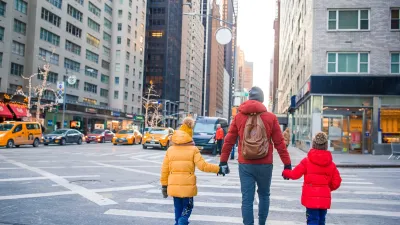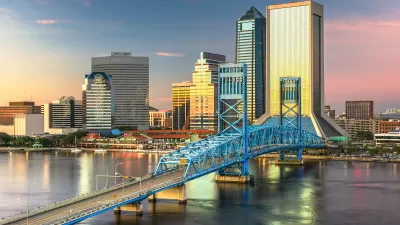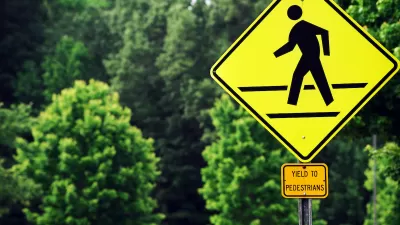Pedestrian deaths rose again in the first half of 2021, according to research from the Governors Highway Safety Administration.

According to a press release from the Governors Highway Safety Association, "U.S. drivers struck and killed 3,441 pedestrians in the first six months of 2021, up 17% – or 507 additional lives lost – from the same period the year before."
The analysis found that, nationwide, there were 1.04 pedestrian deaths per 100,000 people, up from 0.90 in both 2020 and 2019. The data also shows that the rate of drivers striking and killing pedestrians rose to 2.3 deaths per billion vehicle miles traveled (VMT) in the first six months of 2021.
As the GHSA analysis shows, "A combination of factors that include a surge in dangerous driving that began at the start of the pandemic and has not abated, larger vehicles that are more likely to seriously injure or kill people on foot in the event of a crash, roads designed to prioritize fast-moving traffic over slower speeds that are safer for pedestrians, and inadequate infrastructure such as sidewalks and lighting in many parts of the country."
GHSA recommends combating this crisis with the Safe Systems approach, which relies on five key elements and which has inspired the Vision Zero movement. " Each of the five elements of the Safe System approach – safe road users, safe vehicles, safe speeds, safe roads and post-crash care – contribute in different ways to provide this multi-layered safety net that can protect people outside of vehicles."
The press release states that "GHSA will publish a second, comprehensive Spotlight report this spring that will include state fatality projections for all of 2021, an analysis of recently released 2020 data from NHTSA’s Fatality Analysis Reporting System (FARS) and an overview of proven strategies states and communities are employing to reduce pedestrian crashes and injuries."
FULL STORY: New Projection: U.S. Pedestrian Deaths Jumped in First Half of 2021

Planetizen Federal Action Tracker
A weekly monitor of how Trump’s orders and actions are impacting planners and planning in America.

Chicago’s Ghost Rails
Just beneath the surface of the modern city lie the remnants of its expansive early 20th-century streetcar system.

San Antonio and Austin are Fusing Into one Massive Megaregion
The region spanning the two central Texas cities is growing fast, posing challenges for local infrastructure and water supplies.

Since Zion's Shuttles Went Electric “The Smog is Gone”
Visitors to Zion National Park can enjoy the canyon via the nation’s first fully electric park shuttle system.

Trump Distributing DOT Safety Funds at 1/10 Rate of Biden
Funds for Safe Streets and other transportation safety and equity programs are being held up by administrative reviews and conflicts with the Trump administration’s priorities.

German Cities Subsidize Taxis for Women Amid Wave of Violence
Free or low-cost taxi rides can help women navigate cities more safely, but critics say the programs don't address the root causes of violence against women.
Urban Design for Planners 1: Software Tools
This six-course series explores essential urban design concepts using open source software and equips planners with the tools they need to participate fully in the urban design process.
Planning for Universal Design
Learn the tools for implementing Universal Design in planning regulations.
planning NEXT
Appalachian Highlands Housing Partners
Mpact (founded as Rail~Volution)
City of Camden Redevelopment Agency
City of Astoria
City of Portland
City of Laramie





























